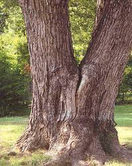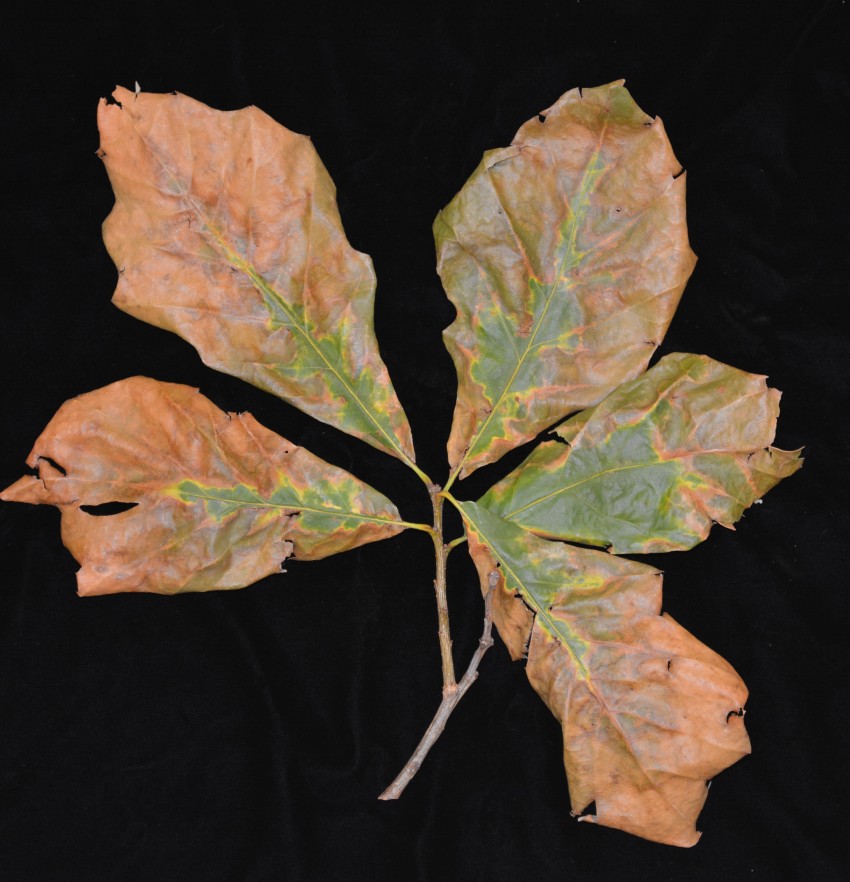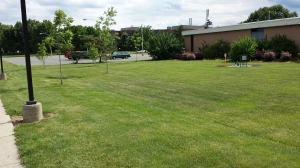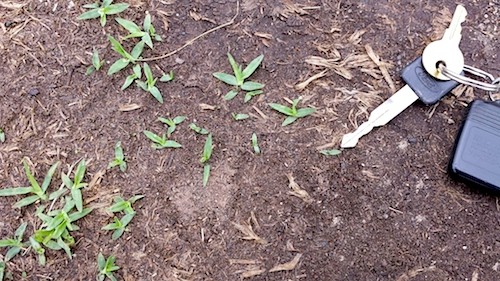After the last several months of cleaning up tree branches or having trees removed that uprooted in Super storm Sandy, we know people are tired of dealing with damage caused by the storm, yet now it is more important than ever to consider the health and safety of your trees. Many trees suffered broken limbs, stress cracks, fractures, and root damage from the sustained high winds of Sandy, and other internal damage that cannot be seen from the ground that require the experienced eye of a certified tree expert to assess your trees for potential hazards. Signs of hazards to look for after a high-wind event are:
An ounce of prevention will cost you less than a pound of cure. Proper pruning allows the wind to move through the tree’s canopy rather than provide resistance.
Proactive measures, before future storms, are to remove weak trees, over-mature trees and those with significant decay as well as pruning and thinning of healthy trees. |
| Please contact us to schedule and appointment or to learn about Plant Health Care as a way to prevent insect and disease damage, or any of our Lawn Care services. Our professional, experienced staff is here to help. |








